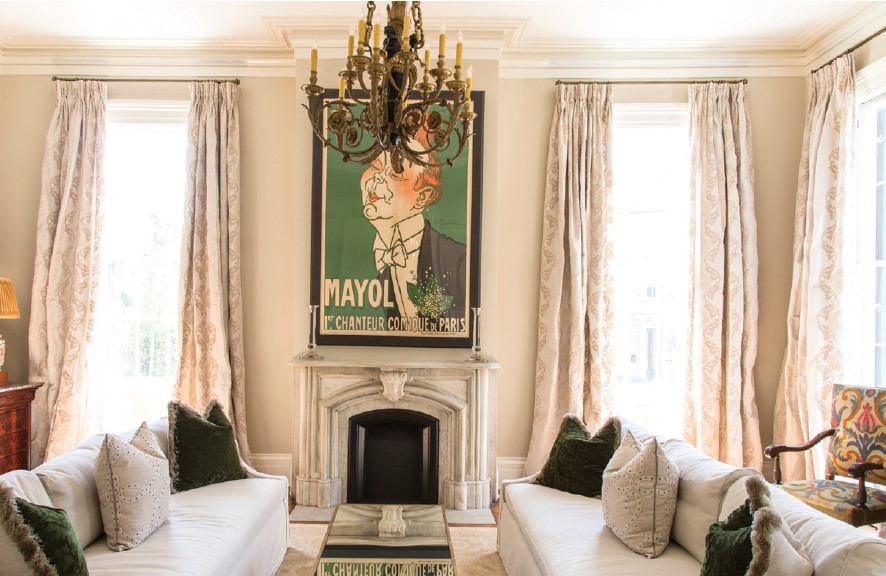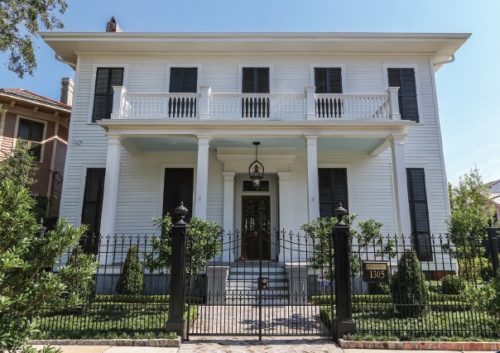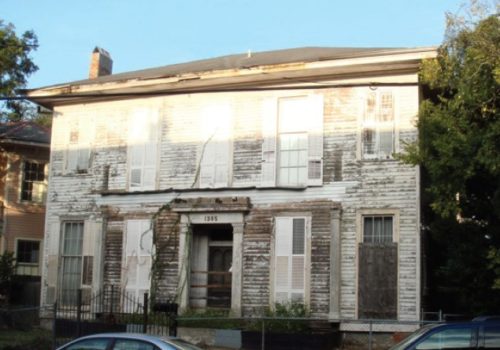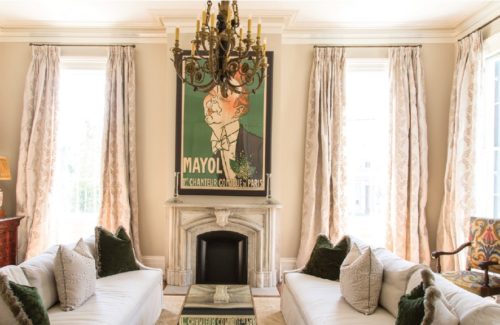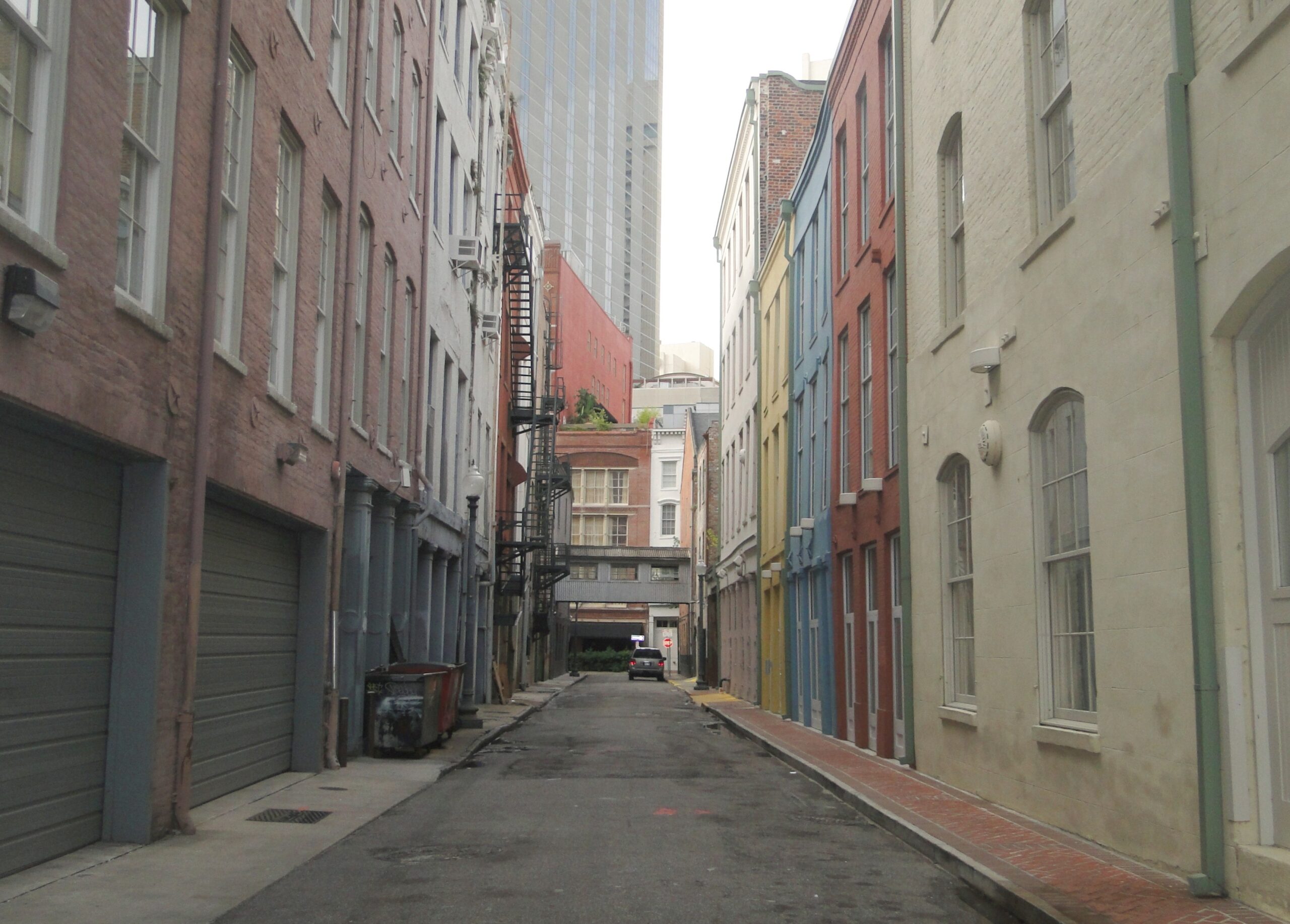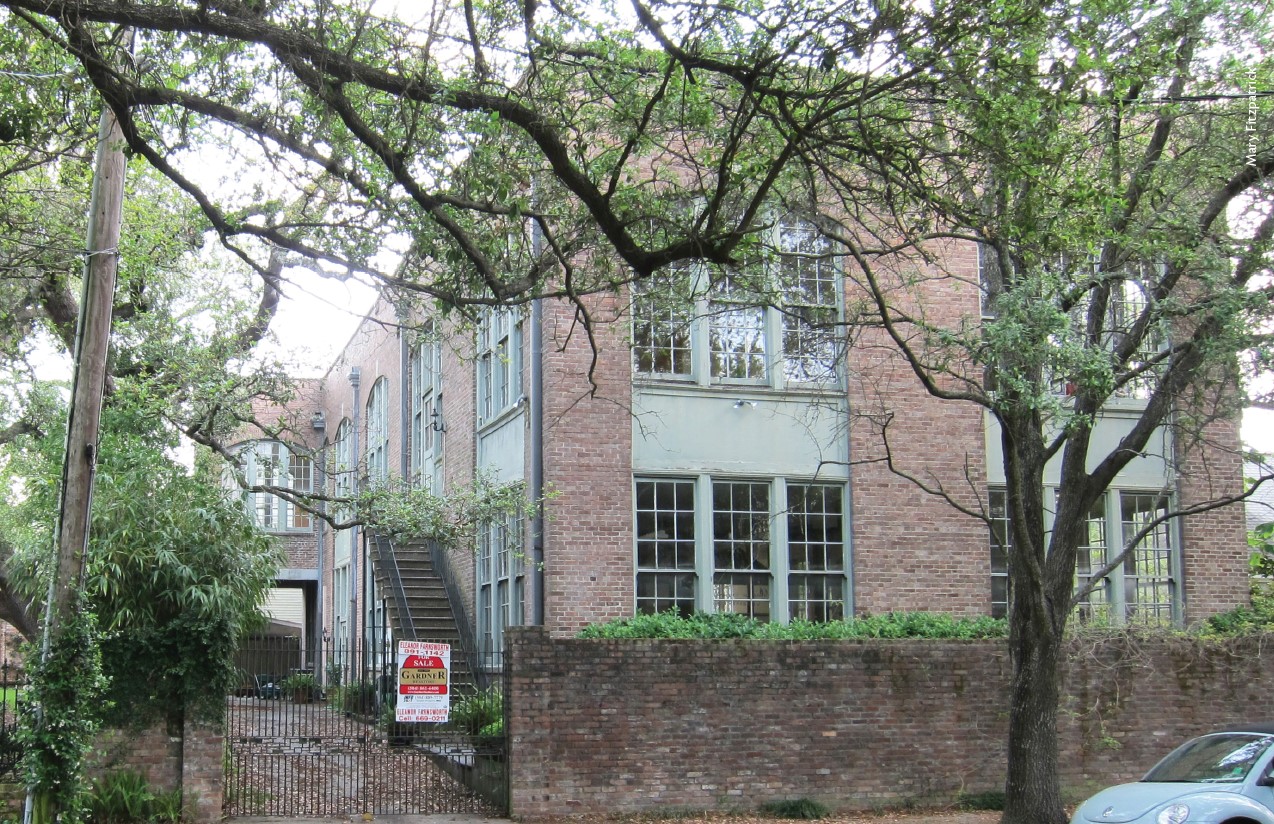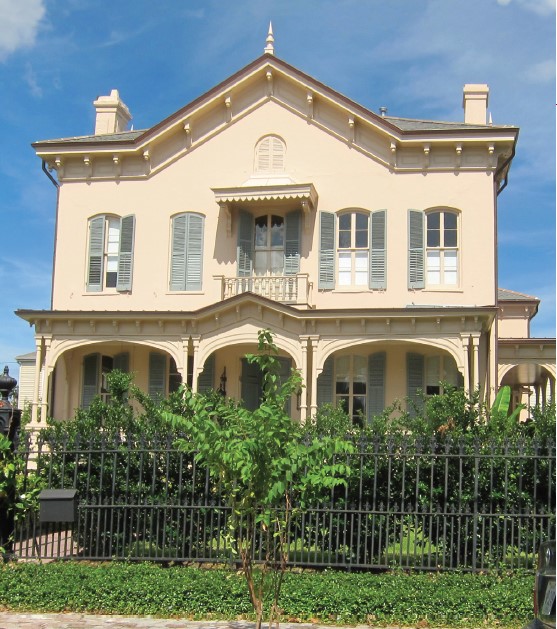This story is from the archives of PRC’s Preservation in Print magazine. Interested in getting more preservation stories like this delivered to your door monthly? Become a member of the PRC for a subscription!
By Mary Hewes with house history by Hilary S. Irvin and Rachel Robinson.
The property now known as 1305 Josephine St. is situated in the Lower Garden District, just shy of the Garden District boundary. The Lower Garden District was laid out in 1809 by surveyor Barthelemy Lafon, whose classical aspirations for the neighborhood are reflected in Coliseum Square, Annunciation Square and the “Greek streets,” named for nine ancient muses. Prior to the development of the Lower Garden District, the property belonged to the late 18th-century plantation of Spanish officer Don Jacinto Panis. After Panis died in 1813, his widow subdivided the plantation and created a central avenue now known as Jackson Avenue, as well as parallel streets Josephine and Philip, likely named after the Panis children.
The earliest indication of the existence of 1305 Josephine St. is recorded in the City Directory of 1869. The house was probably built in 1866 after sugar broker Edward Beebe bought the land for the sum of $4,300. Unfortunately, the records do not include a building contract or architectural plans; however, it is suspected that the house was designed by architect Henry Howard. Howard rose to prominence because of his fluency in Greek Revival and Italianate styles, leaving an indelible mark on 19th-century Louisiana architecture, including multiple plantations, Garden District villas and the Pontalba Buildings. Robert S. Brantley has studied Howard extensively, and he has professed a belief that the house is indeed a Howard design. Records reflect that he designed a house farther uptown in the Garden District that is structurally identical to the house at 1305 Josephine St. True to Howard’s legacy, the house at 1305 Josephine St. is Greek Revival in style, with clean, square lines and architectural features such as pilasters framing a recessed front entrance, and post-and-lintel or “trabeated” window casings.
Photos by Sara Essex Bradley
In 1871, Beebe sold the property and buildings to New Hampshire native and former U. S. Congressman Benjamin Franklin Flanders for $14,000. During the tumultuous era of Reconstruction, Flanders had lost a Louisiana gubernatorial campaign in 1864, and then was appointed to the post as a military governor in 1867. Flanders resigned this post in 1868, and he was appointed mayor of New Orleans in 1870. During his administration, St. Charles Street was changed to St. Charles Avenue from Tivoli (now Lee) Circle heading uptown. After serving his appointed term as mayor, Flanders was elected to a full two-year term, serving until 1873. He was living in the house and serving as New Orleans’ mayor when the Rex Organization formed and first paraded, and when the Grand Duke Alexei Alexandrovich of Russia visited the city on a mission of goodwill. In addition to his political career, he served as principal of a New Orleans school and president of First National Bank of New Orleans. He was widely known to be a progressive abolitionist, sometimes to his detriment professionally. The Flanders family lived in the house until 1889.
The house changed hands many times after the Reconstruction era of Flanders’ days, and it also suffered periods of decline, serving as a boardinghouse at times and looking like a ghost of its glorious former self. Guy Carpenter of Supreme Restoration LLC undertook the extreme renovation of the house, inside and out, starting in 2010. Ross McWilliams and Jim Simpson purchased the house from him in 2011, and they worked with Carpenter assiduously to complete the restoration. The home is now well-appointed with thoughtfully chosen art, furnishings, light fixtures and fabrics from local businesses. Much of the furniture in the house was purchased at Doerr Furniture, a stalwart Faubourg Marigny business that ships all over the country. They will spend their first Christmas in the house this season, celebrating the home’s journey from “before” to “after” in a setting that one imagines is very near to the one Henry Howard envisioned so long ago.



